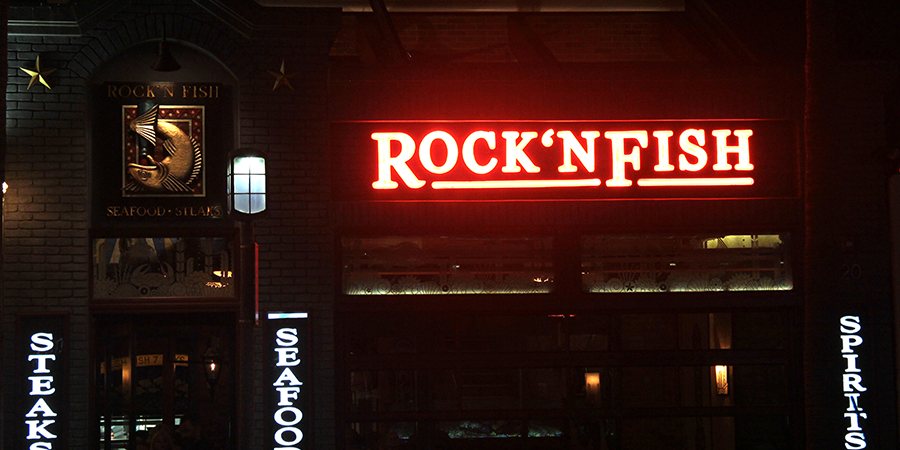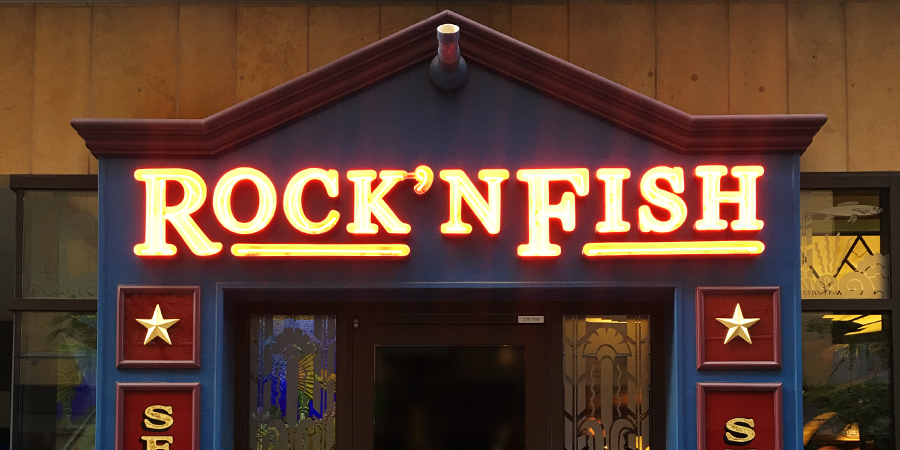LED Signs for Business – What’s Inside your LED Signs? – Los Angeles Sign Company
Fine Signs of LA is a leading LED sign manufacturer in Los Angeles and we always use cutting-edge LED lights.
When shopping around for LED signs, it doesn’t take long until you see there’s a wide range of variation in price, quality and guarantees. Many of our customers ask what the difference is. The truth is, LED signs and LED lighting technology is evolving very rapidly. What was cutting edge only 2 years ago is out-dated technology today.
The part most sign makers fail to tell you, is that some products are simply designed to be made as cheaply as possible and are not built to perform (illuminate brightly) or to last a very long time.
You wouldn’t expect a $200 TV to look as nice as a $2000 TV, and that’s very true when it comes to LED bulbs as well. There are a number of components that are critical to a viable LED lighting product, and any bulb is only as good as its weakest component.
LED chips
The chips are the powerhouse of the LED bulb, it’s what generates the actual light. And the type of chipset, the quality of the manufacturing, the arrangement of the chips are all of critical importance. Chips are typically mounted using a heat-conducting material, also know as a wafer. High quality chips are engineered for very high output (measured in lumens) and for rendering colors in high consistency needed for use in lighting outdoor electrical LED signs. They are very different then the chips used in lower output applications.
Also when chips are manufactured, they are made in a wide variety of color temperatures and light outputs and then they are sorted by grade in a process called binning. The chips with the highest consistency in color and very best light output are said to have the “tightest” bins, and of course these chips cost the most. Only the most reputable LED sign fabricators use these chips so their signs are always consistent and they can maintain their high quality from bulb to bulb. The rest of the bins are less expensive because their variance is much higher and these are used in “bargain LED” products on the market. Sometimes, sign companies use LEDs with chips engineered for general lighting like those used in low-power indicator lights, not for high output commercial lighting, which of course costs much less.
Power management
LED bulbs use power management systems or drivers to convert the incoming voltage and current, much like a ballast works for fluorescent lights. The power management system is what the LED chip uses to generate light. If the power management system is not engineered well, or uses cheap components the chip will be either over-powered, under-powered or get spikes in power that will at best result in low output and worst will result in early failure.
Heat Management
The limiting factor to LED technology advancements has always been heat. Dissipating the heat away from the LED chip and components is what greatly influences the life of the bulb. The heat management, or heat sink, therefor must be designed to very efficient. Often, aluminum fins that extend out from a metal core is used. Many sign fabricators simply use LEDs that have poor heat management, or none at all, and run less power through them to extend their life. This can be a big mistake, especially if your sign is outdoors and facing the sun.
LED signs for businesses make sense. The technology is now here to give sign makers a product that makes economic sense and business owners very high quality signage that will last much longer than other lighting options. Make no mistake — LED is definitely the way to go over neon or fluorescent lights. The cost on LED lights has come down significantly compared to 7-10 years ago, and the performance and efficiency of lights continues to improve. Just make sure you know you’re working with a sign fabricator that uses quality LED bulbs made with quality components!




